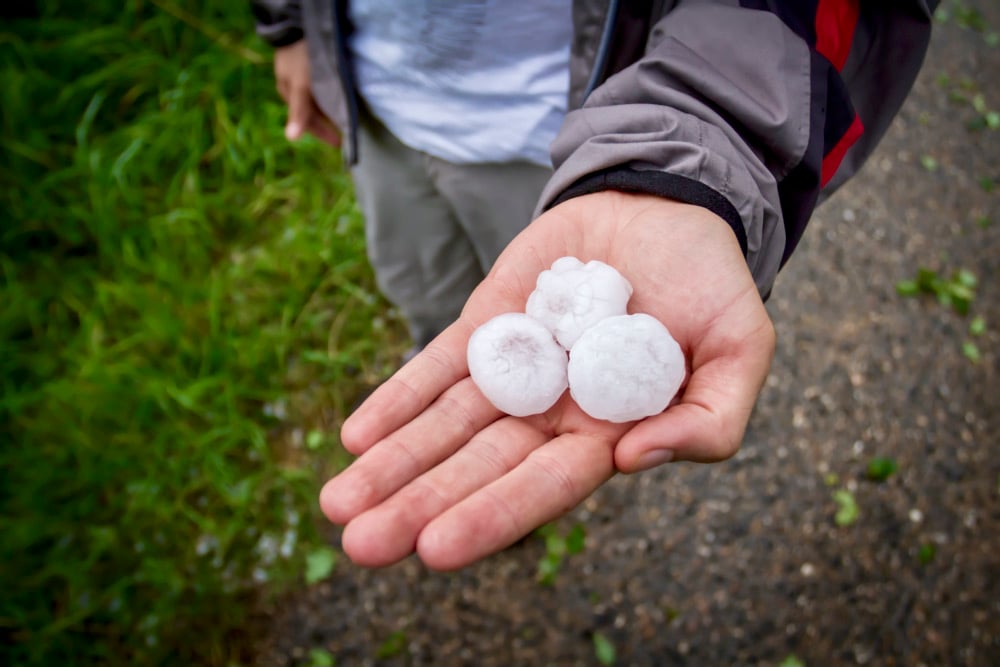CHICAGO, Ill. (Reuters) — Storms brought much-needed rain to parched areas of the southern U.S. Plains winter wheat belt last week, but other areas still need rain.
Torrential rain from Hurricane Patricia’s wake led to flooding across a swath of southern and southeast Texas, but that is not the heart of the winter wheat region.
Western Texas and parts of Oklahoma received good rain in recent days, but top producer Kansas received lesser amounts.
Newly seeded crops need moisture to germinate and emerge from the soil.
Read Also

Mixed year for hail claims across Prairies: CCHA
The 2025 crop year was an average year for hail across the Canadian Prairies, with overall claim numbers down slightly compared to last year, reported the Canadian Crop Hail Association (CCHA).
Wheat futures jumped three percent the morning of Oct. 26 based on the mixed nature of the rain, forecasts for dry weather in the region this week and on a need for moisture in parts of the Black Sea region.
Texas and Oklahoma received record rainfall last spring, but moisture has been sparse since then.
Southern Plains farmers grow hard red winter wheat, the largest U.S. wheat class. The crop is seeded in autumn and harvested the following summer.
Growers in Kansas planted 82 percent of their wheat by Oct. 18, and progress reached 78 percent in Oklahoma and 63 percent in Texas. Some farmers had been waiting for a rain to finish seeding.
“I expect a lot of wheat to be planted next week following this rain event, after things dry out enough to get into the fields,” said Clark Neely, a Texas A&M University agronomist.














